4 Whole-Child Strategies To Engage Students In Your Classroom
Instead, schools that are working at implementing whole-child strategies should do so within the context of everyday teaching and learning.

Instead, schools that are working at implementing whole-child strategies should do so within the context of everyday teaching and learning.
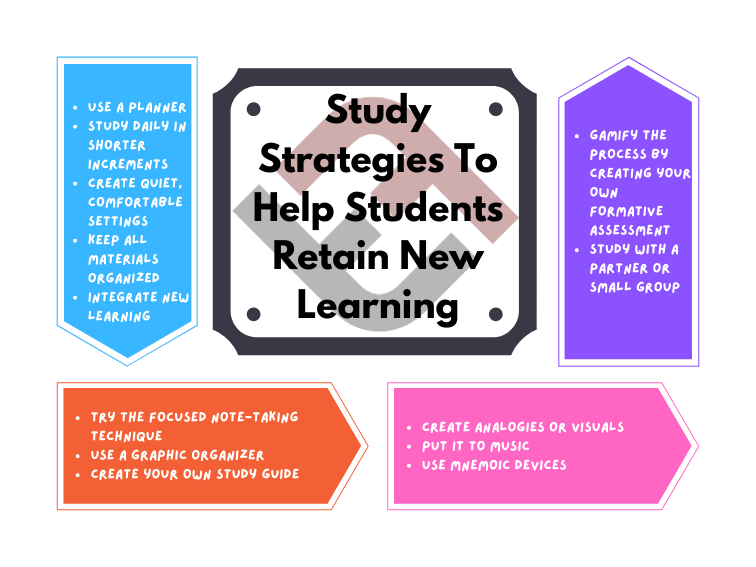
Studying is often viewed as a means to an end. We hope these study strategies help learners realize that it is a powerful & empowering tool.
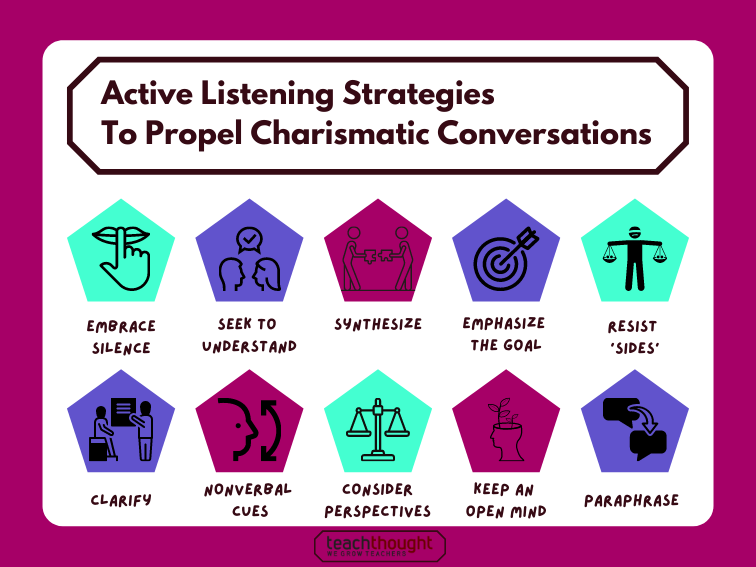
As teachers incorporate collaborative learning in their lesson plans, it is critical that they model active listening to their students.
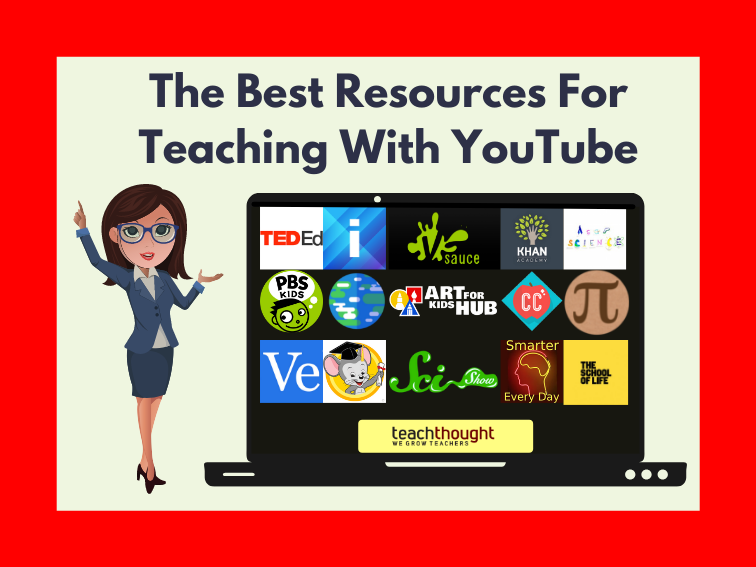
Teaching with YouTube in the classroom? Here are the most popular and engaging channels to get you started.

From delegating roles to involving students in rubric design, here are group work strategies to help hold all students accountable.
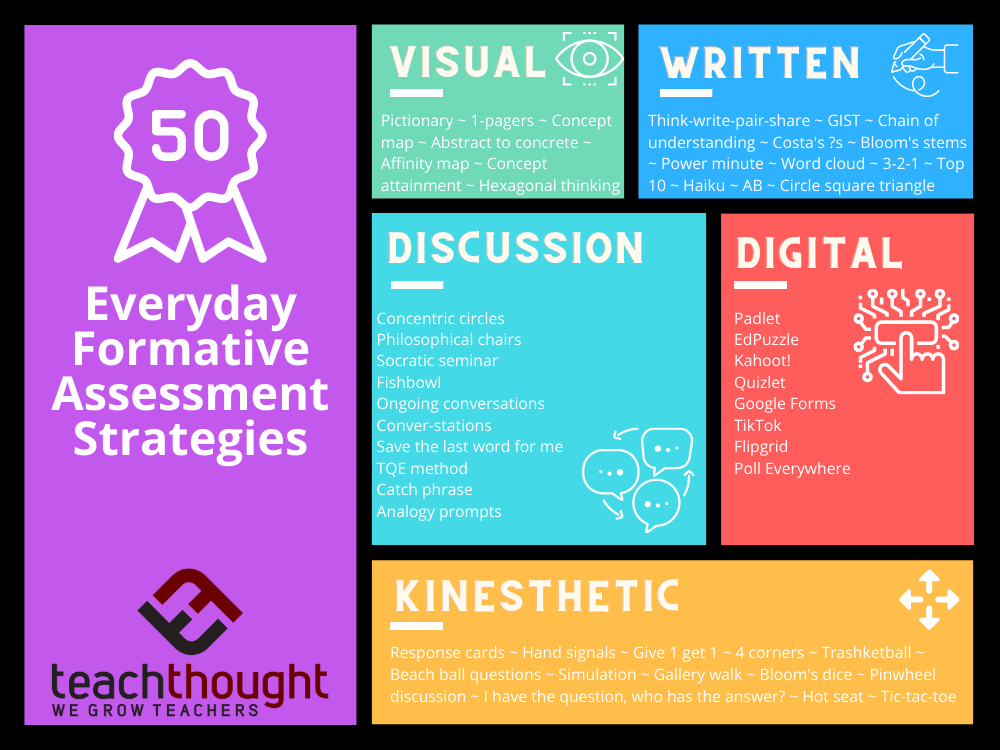
Formative assessment strategies matter. Like a chef checks a dish for taste, teachers must make frequent, targeted checks for understanding.

From part to whole to synonyms and antonyms, to cause and effect and step and sequences, here are good examples for teaching with analogies.

Just as teaching with video games might be ‘controversial,’ so is teaching with what on the surface seems to be a superficial distraction.
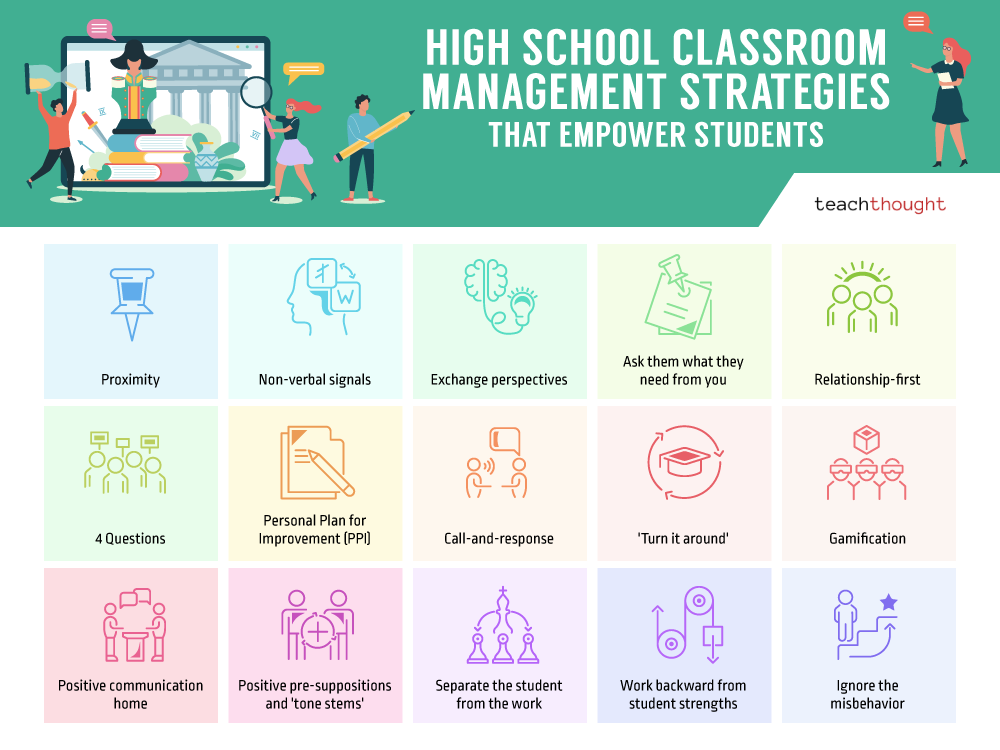
These high school classroom management strategies stem from the belief that students respond well to positive reinforcement.
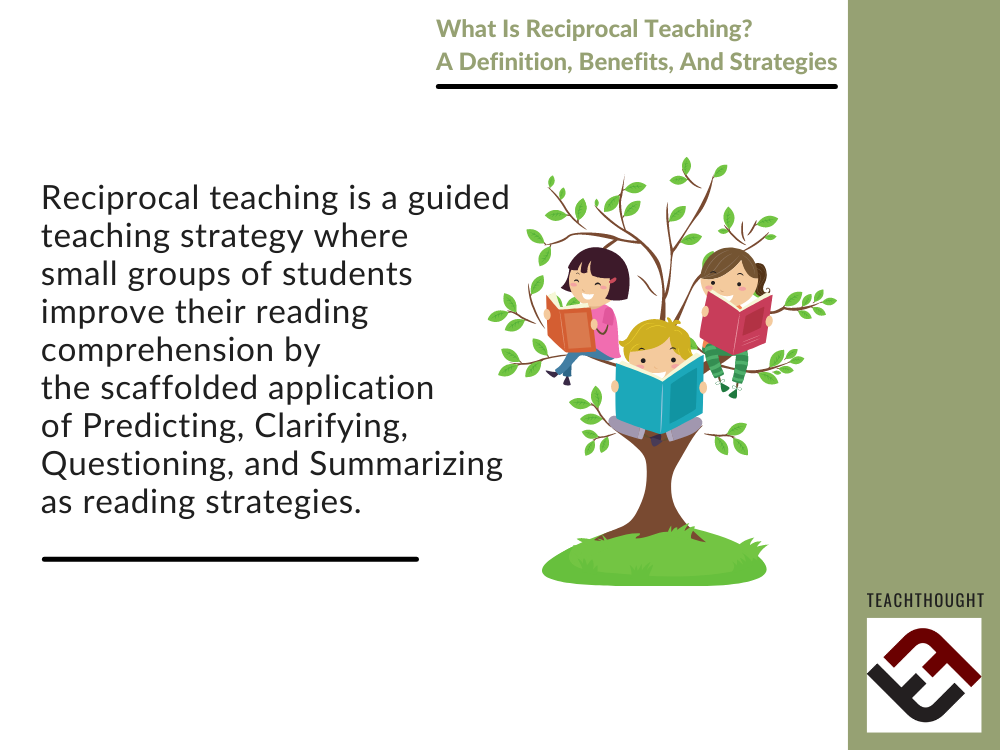
Reciprocal teaching is a teacher-guided strategy where small groups of students play specific roles in the comprehension of a text.

A teaching strategy is anything the teacher does to help students learn. From reciprocal teaching to clarity, here are 6 to get started.
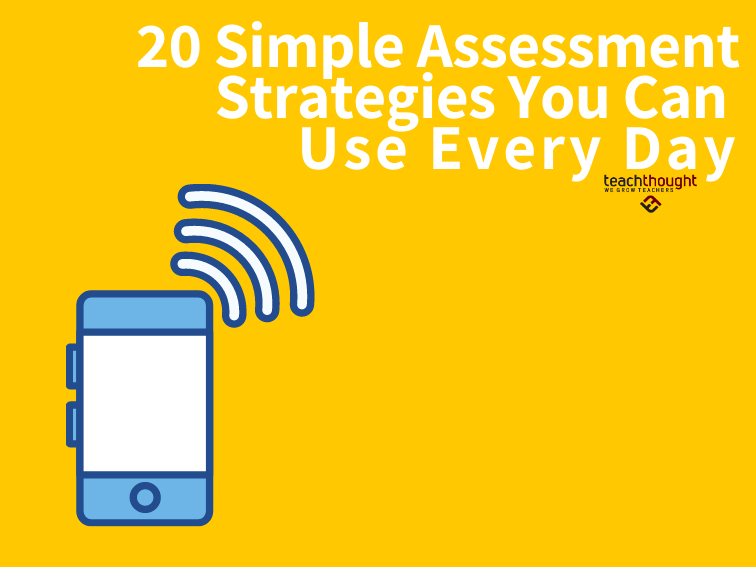
Here are 22 simple assessment strategies and tips to help you become more frequent in your teaching, planning, and curriculum design.